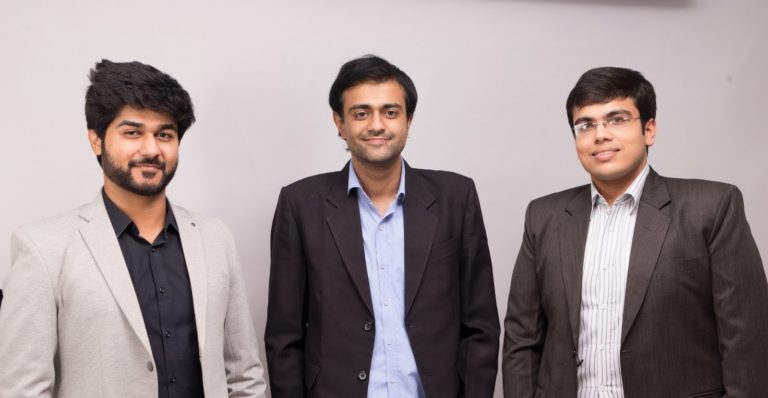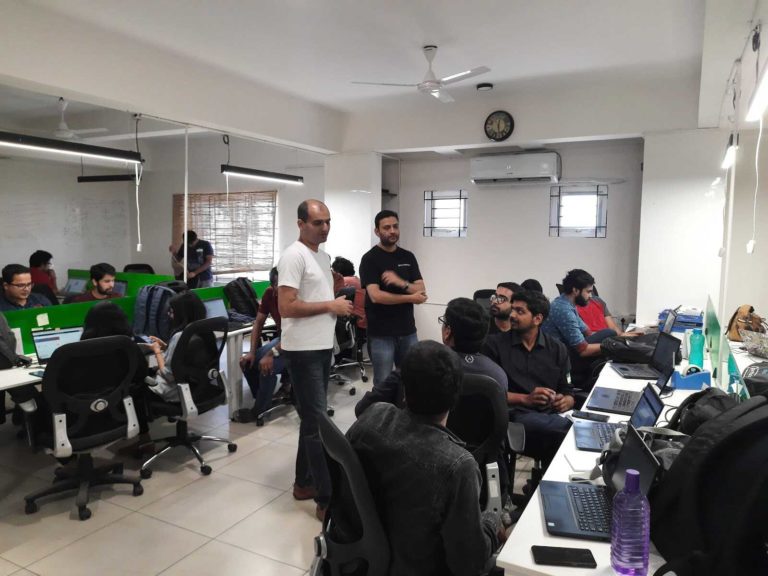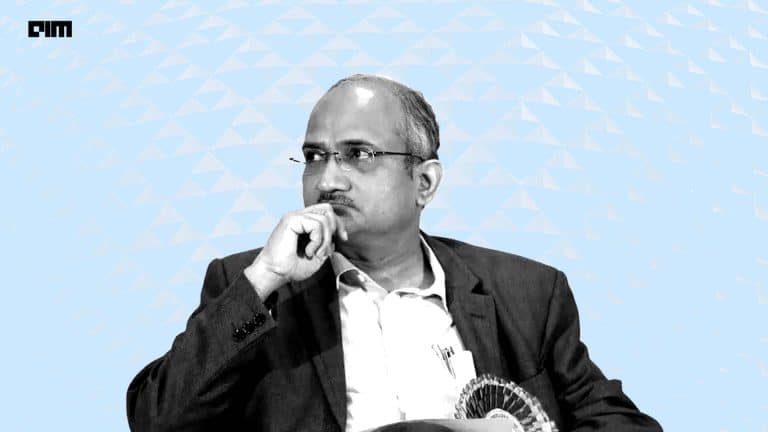
They are billed as India’s sunrise sector by numerous studies and have cornered the lion’s share when it comes to venture capital investments, but it is also an industry where “failure chances are very high and data is very important and at the heart of practice”. We are talking about B2C micro-lending companies and their phenomenal growth. On the back of it are state-of-the-art machine learning algorithms, external data sources which are parsed and automated risk clustering that’s feeding the ambitions of young millennials. Furthering their usefulness as an alternate credit channel is Prime Minister Modi’s demonetization move.
But let’s take a step back and dial down the euphoria a bit. Though there is a lot of brouhaha over the shiny new thing called machine learning deployed for crunching numbers and assessing creditworthiness in under 24 hours, data collection in India is still at a very nascent stage. And when it comes to data points, industry insiders doubt the efficacy of social media as a right indicator. In fintech, with great promise comes great risks.
Let’s list down some of the grey areas:
a) Fintech companies are not breaking any new ground when it comes to dispensing real time decisions for underwriting. Banks have been providing scorecards too, their loan eligibility calculator checked the credit card history and transactional history.
b) Though banks haven’t started tinkering with machine learning technology as yet, banks are frontrunners in deploying analytics for risk management and cross-selling. Axis Bank has built a robust risk management strategy that helps capture lost data and preempt delinquencies. Case in point, Axis Bank deploying SAS risk management framework. Another first of its kind for Axis Banks is the establishment of Thought Factory – an innovation lab that will collaborate with startups in exploring emerging technologies to making banking more robust. SAS analytics suite also powers credit card cross selling for HDFC bank.
c) Young millennials (we are talking about the 18-something college going crowd who are extended credit lines) form the core demographic of some micro-lending companies. Circa 2007-08, the credit card boom was on its rise.

“It was a time when Citibank and Barclays started an aggressive campaign for credit card adoption and went to college campuses giving it away for free. The result, students couldn’t pay back the credit. They weren’t dumb, they just didn’t have the cash to pay back. Barclays suffered so badly they exited the Indian market and Citibank got burnt with this strategy,” shares Finomena co-founder Abhishek Garg, Bangalore headquartered microfinance startup that caters to strictly young millennials and not the college going crowd.
d) Here’s a realistic view from the Finomena co-founder, Garg, who has a formidable banking background. Admittedly, machine learning algorithms still have to mature and factor in several other variables before they churn out foolproof decisions. Time frame – give it another 3-4 years to truly become sophisticated.
When it comes to Finomena, they are treading the zone cautiously, catering to a) salaried class and b) defining the segment – electronics consumers good that has a huge market size.
Though microfinance startups have an edge over traditional lending by leveraging sophisticated machine learning algorithms, automating decisions in seconds, the technology still has to mature.
How are these startups different from Traditional Lending?

Slicepay co-founder and CEO Rajan Bajaj shares how his startup uses structured data for measuring credit worthiness of the applicant. And the time span – “2 hours median time”. “Currently we are using judgmental scoring model wherein most of the insights received over last one year have been converted into weights and automated. Machine learning based model that aims to automate everything and make approval real time would be intelligent to learn these things quickly and iterate model,” he shared.
Finomena co-founder Riddhi Mittal, a Stanford alumna with past stints at Microsoft and Facebook boasts of a glittering resume. In a chat with Analytics India Magazine, she gives an under-the-hood peek on the goings-on at Finomena and how the next gen underwriting is being driven with two very pertinent questions around datasets and algorithms.
Mittal explains how her startup is factoring in real world deep challenges, navigating and building models around them every day. She goes on to explain how machine learning is used to ascribe a more accurate scoring from large amounts of data.
Analyzing different data points and finding insights
This is a trick which is in every micro-lending startup’s handbook – analyzing data points, spanning behavioural, social that comes under unstructured data type and financial data. But even though decisions are dispensed in real time, the sophisticated algorithms are also “still learning and lack human intuition” and could prove wrong in certain cases. However, as the user base expands, non-traditional risk-assessment algorithms will improve.

“Data is everywhere. The real trick lies in how can we parse it, make sense of it and extract insights. Then, the next step is usually what insights should be prioritized. How to create as many variables and granularity in these variables,” shares Mittal giving a low down of the supervising process.
Factoring in new risks in the portfolio
In the world of data science, the general sentiment is you are only as good as your data, but sadly, most companies do not have access to large quantities of data that can lend deeper insights in your risks.
Secondly in India, penetration of internet is still nascent with 34.8% of people having access to internet. “Just imagine, if top 5% have access and the other 95% is unaccountable, so you can’t apply and extrapolate to other 95%. Which means that large datasets are not available and there is so much diversity in how people behave, you can’t apply insights to a larger set,” she shares.
Her approach is simple — a) giving loans intelligently b) waiting for feedback.
“Lending means a feedback loop. And if we want to extend the feedback loop, you can’t scale it up too fast either,” she says. A feedback loop is an economic term, set off by a chain of events, reinforced in a positive situation and self-regulating in a negative situation.
Another huge roadblock to be factored in is online fraud which is on the rise. Several factors such as providing fake IDs, creating fake social identities, poor double checking practices and borrowers becoming untraceable have to be considered during risk analysis. “When it comes to lending fraud, we have to detect what kind of fraud we need to detect through supervised and unsupervised learning methods,” Mittal cites.
Given the high volumes of data generated, historical records and the changing nature of finance, microfinance startups are fuelling ML techniques, (thanks in part to high computing power) and perhaps developing more use cases than any other industry. Indian finance sector is definitely at the intersection of AI and Machine Learning, with sophisticated chat bots and apps coming into play.







































